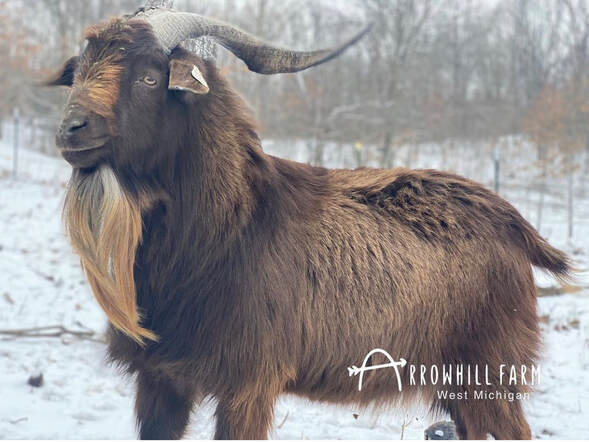Winter Fur Coat
Considering that we are a cold climate, we also weigh each goats ability to be able to develop a think winter coat. This involves growing what is known as cashmere and the amount of their winter coat, or cashmere is how we measure their winter sensitivity. A goat with less cashmere will be colder and have to eat more hay to stay warmer for the 7 months our herd is fed hay her in Michigan. This can quickly add up to a very large expense just based on how well the herd is insulated all winter. When we sought out our foundation to our herd, this was a high level of importance. We have seen many Southern Kikos come up to Michigan and be unable to grow a dense thick cashmere. They may still be able thrive but they are expending a lot more body heat and consuming a lot more hay.

